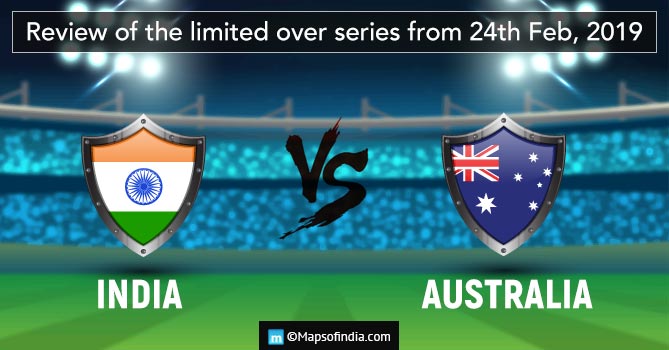For the average Indian fan or cricket aficionado the first one dayer was going to be an exciting affair considering the fact that the national team is ranked at number one in the world in this format and by virtue of that they are expected to clinch the one day series without breaking much of a sweat. Well, after the conclusion of the initial one day game it can be said for certain that the Indian team has not made the best beginning to the tour. What was expected to be a relatively easy victory, turned out to be a narrow loss by 24 runs.Considering this scenario following are certain areas where the team has to be careful so that it is able to get off to a winning start with next one dayer:
Strategy at toss: In the first game India won the toss and still opted to field. From the look of it the wicket was a hard and bouncy one that would have played fair throughout the 100 overs and in recent times the team has performed well while chasing totals – Virat Kohli has been nothing short of phenomenal in this regard and Raina and Dhoni are known to be past masters in this facet of the game. All these factors meant that the decision could be justified. However, Dhoni should also take into view the fact that his openers are out of the form and Rahane is new to world cricket. So, may be batting first could help them concentrate and build an innings and thus get into some sort of form without needing to worry about chasing down an imposing total.
Batting: On their part the batsmen, especially the openers, need to realize that it is their job to set up a platform and then go for the attack. They need to temper their aggression and if the need be, change their natural style of play to suit the circumstances. This will ensure that ones who follow them have more freedom to express themselves at the crease and thus help the team be more successful.
Bowling: In the recently concluded matches with Australia and South Africa the Indian bowlers conceded lots of runs on a routine basis. However, to their credit in the first game India was able to restrict the Kiwis at 290 odd. Ishant Sharma and Ravindra Jadeja gave away the maximum runs. Ishant, especially, was well below par but it would still be a major mistake to bench him right away. Dhoni could think of using him with the new ball as a strike bowler instead of as a change bowler and this could help the lanky seamer get his nip back. An in-form Ishant could be really handy on the hard and green wickets of New Zealand.
Team composition: As Dhoni has stated, the grounds in New Zealand are on the smaller side and this means that the ball can travel especially off spinners. While it is okay to play to your strength, the Indian captain should understand that his spinners could be punished severely for even the slightest of mistakes. Probably it would be a better option to go with Binny instead of Jadeja on the basis of present form. Binny is a useful medium pacer who can be hard to get away and also a capable lower order batsman. So playing him will ensure that the team has 4 seamers and medium pacers and this composition will be commensurate to the conditions available.
Practice games: Perhaps both the team management as well as the board needs to understand the importance of practice games even before limited over games. There is nothing to suggest that a practice game would ensure a win in the actual match but it shall let the players prepare in a better way than is the case right now. With a proper hit they shall also have the idea of the conditions on hand.
Success is achieved after years of toil and immense and unflinching devotion to the cause. However, the problem arises when it is taken for granted. Being a champion side does not always necessarily only mean winning many trophies = it also includes the manner in which it is done. The best teams like West Indies in 70s and 80s and Australia in the next couple of decades are remembered more for the manner in which they exerted their dominance, and not always for the number of times they came out on the right side of the bargain.




